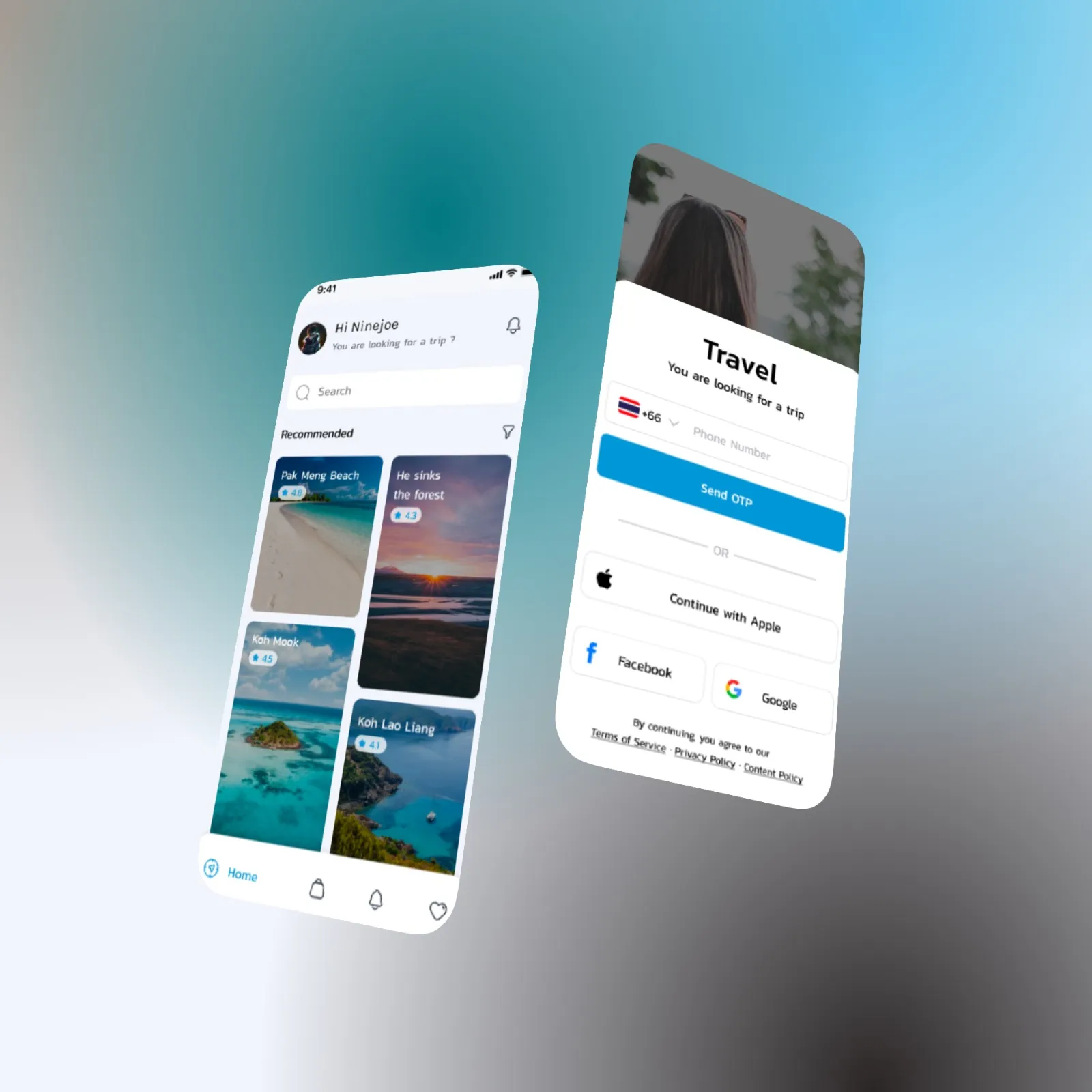Performance isn't just about fast load times—it's about smooth interactions, efficient memory usage, and happy users.
Understanding Performance
Performance has multiple dimensions:
- Load Performance: Time to first paint
- Runtime Performance: Frame rate, responsiveness
- Memory Performance: Leak prevention, efficient allocation
Advanced Optimization Techniques
1. Code Splitting Done Right
Don't just code split at route level. Think strategically:
- Split expensive libraries
- Dynamic imports for conditional features
- Prefetch critical routes
- Lazy load below-the-fold content
2. Virtual Scrolling
For large lists (1000+ items):
- Render only visible items
- Use libraries like react-window
- Implement infinite scroll properly
3. Web Workers
Offload heavy computation:
- Image processing
- Data parsing
- Complex calculations
- Background sync
4. Request Optimization
- Batch API calls
- Implement request deduplication
- Use GraphQL for precise data fetching
- Cache aggressively (but invalidate smartly)
5. Memory Management
Prevent memory leaks:
- Clean up event listeners
- Cancel pending requests on unmount
- Use WeakMap for caches
- Profile regularly with DevTools
Real-World Example
We optimized a client's dashboard from 8s load time to 1.2s:
Changes:
- Code splitting: -60% initial bundle
- Image optimization: -40% payload
- API batching: 10 requests → 2
- Virtual scrolling: Render 50 items instead of 10,000
The 1-3-5 Rule
- 1 second: Initial render
- 3 seconds: Interactive
- 5 seconds: Fully loaded
Miss these targets, and users leave.
What's your biggest performance challenge?
